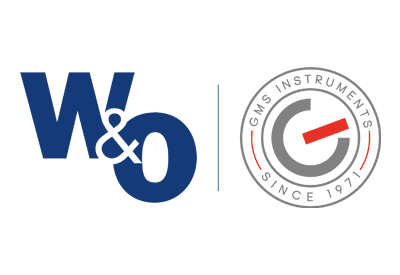
Pressure
Pressure Switches
A pressure switch is an instrument that opens or closes when a preset pressure level is reached. Pressure switches make electrical contact on either a rise or fall in pressure when the preset is reached. The pressure switch comes in various forms for different applications.
So is this type of switch well used in industrial HVAC systems, shipping engines or on other industrial and mechanical processes. A pressure switch is not to be confused with a pressure transmitter. A transmitter converts pressure into usable electrical output, whereas a pressure switch creates a reaction on the pressure level.
There are two types of pressure switches: mechanical pressure switch and electronic pressure switch. Depending on the requirements and needs of the process, mechanical or electronic pressure switches can be used.
What is a mechanical pressure switch?
The switch is actuated when a mechanical pressure switch reaches the set pressure. A mechanical pressure switch operates on a spring and a diaphragm, or piston, to control at what pressure the micro-switch is triggered. When triggered, the switch needs no supply voltage. The stand-alone reliability is one of the advantages of mechanical pressure switches.
The difference between the switch point and reset point is called hysteresis. This hysteresis level is defined as a percentage of the switch point value. The pressure switch manufacturer, regardless of whether it is a WIKA, Danfoss, or Trafag, sets the hysteresis, and for most mechanical switches, it is not configurable by the user.
WIKA pressure switches are fitted with high-quality micro switches. Even switching electrical loads up to 15 A/220 V is possible without problems with a mechanical pressure switch from WIKA. WIKA offers argon-gas-filled microswitches with gold-plated contacts when working with very low voltages, such as in PLCs. Electronic pressure switches are also very well suited for low-power switching.
What is an electronic pressure switch?
An electronic pressure switch found its origin in the electronic pressure sensor. Multiple electronic pressure switches offer an additional analogue signal proportional to the pressure along with the electrical switching signal. The switching point of an electronic switch can be manufacturer set or, in contrast to the mechanical pressure switch, can be programmed on-site according to the application requirements.
Electronic pressure switches are suited for automated and controlled processes that require programmable function, digital display, flexibility, accuracy, IP protection, and stability.
How to choose the correct pressure switch
First, decide the media on which the pressure switch will be used. The media must be compatible with the housing and seal material of the switch. Typical media in which pressure switches are used are:
- Hydraulic oil
- Heating oil
- Turpentine
- Petrol/gasoline
- Air
- Water
The maximum working pressure of the switch is as crucial as the type of media. A diaphragm design works well for vacuum and low-pressure applications. For high-pressure applications, use a piston design.
Furthermore, pay attention to the following:
- The medium temperature and pressure switch temperature range.
- The accuracy of the pressure switch in combination with the required accuracy for the process or product.
- Type of pressure switch. For low-pressure and vacuum applications, use one with a diaphragm design. For high-pressure applications, use one with a piston design.
- Do the pressure switches need approval, such as ATEX zone 1, 2, and 22.
- Type of switch: An electric pressure switch is more expensive but comes with more control over the settings, like pressure setpoint and hysteresis, compared to a mechanical pressure switch.
